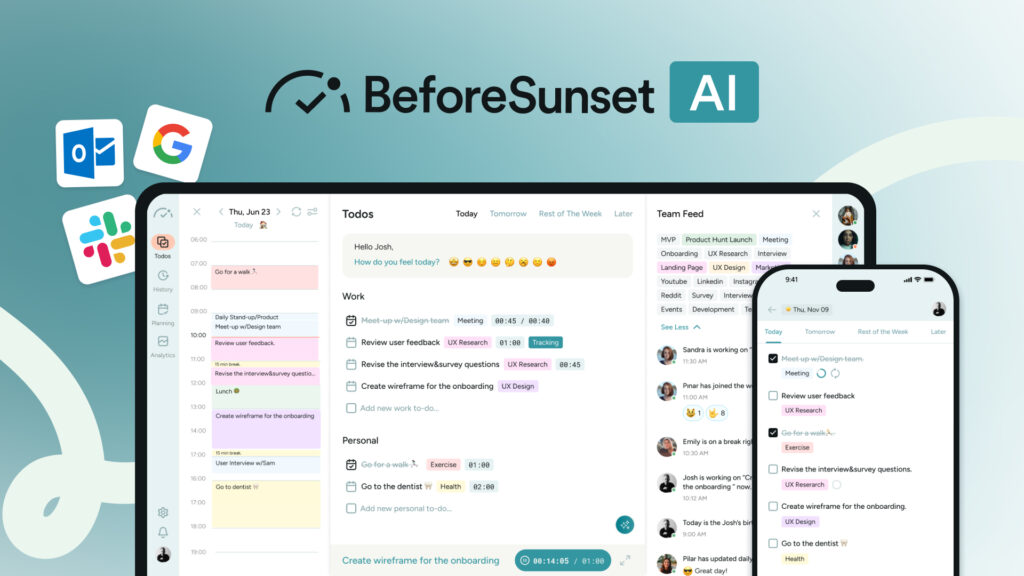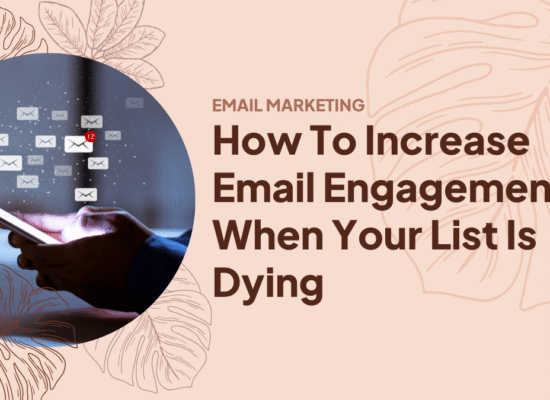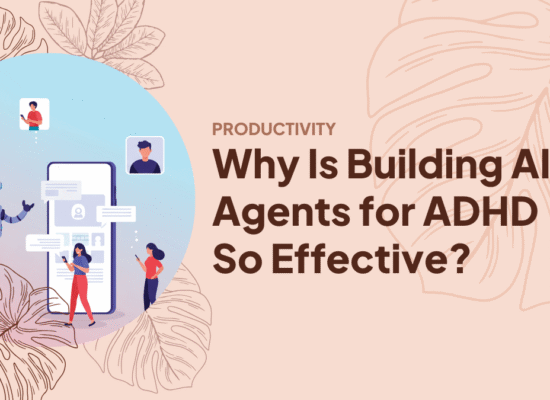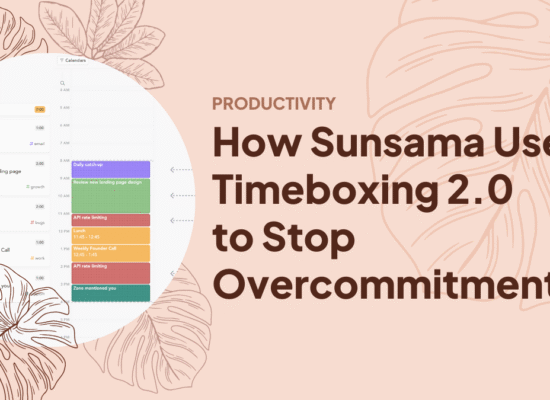Table of Contents
Creating an ADHD-friendly workplace isn’t just about accommodating a few team members—it’s about revolutionizing your entire work environment to unlock hidden productivity potential for everyone. Whether you’re managing a team that includes Filipino women with ADHD or seeking solutions for yourself, these strategies can transform how work gets done.
Understanding ADHD in Professional Settings
ADHD affects approximately 4.4% of adults globally, though the prevalence may be higher in creative and technology-focused industries. While ADHD presents challenges like difficulty maintaining focus and time management struggles, it also brings tremendous strengths: hyperfocus capabilities, creative problem-solving, and innovative thinking.
The conventional workplace wasn’t designed with neurological diversity in mind. Open floor plans, rigid scheduling, and constant digital interruptions create environments where ADHD traits become obstacles rather than assets.
The Power of Structured Flexibility
The most effective ADHD workplace strategy contradicts conventional management wisdom: structured flexibility works better than rigid structure.
When implemented correctly, flexible work arrangements deliver surprising benefits:
- Protected “focus blocks” of 25-minute uninterrupted work time
- Freedom to choose work environments based on the task at hand
- Structured project frameworks with clear deliverables
Teams that implement these approaches often report productivity increases exceeding 30%—even among neurotypical employees.
Seven Proven ADHD-Friendly Workplace Strategies

1. Create Environmental Choice
Redesign your workspace to include varied environments:
- Quiet spaces with noise reduction features
- Collaborative areas for interactive work
- Transitional spaces that allow movement
These changes don’t require expensive renovations—simply rearranging existing furniture to create “focus corners” can significantly improve employee satisfaction.

2. Implement Effective Time Management Structures
Traditional time management systems often fail ADHD professionals because they don’t account for time blindness—the difficulty accurately judging how long tasks take.
Many individuals find success using digital tools like an ADHD planner Notion template that incorporates:
- Color-coded time blocks based on energy requirements
- 15-minute buffer periods between major tasks
- Visual progress tracking
For students and professionals juggling multiple responsibilities, tools like Sunsama for ADHD students provide structured daily planning with flexibility.
3. Reduce Digital Distractions
Email and messaging platforms can be productivity killers, especially for those with ADHD. Implement designated communication windows—specific times when everyone is expected to respond to messages, with permission to ignore notifications outside those windows.
AI assistants like Saner AI vs. BeforeSunset AI offer specialized features for reducing digital overwhelm:
- Message priority filtering
- Focus mode activation
- Task batching assistance

4. Make Meetings More Effective
For teams with ADHD members, consider these meeting adjustments:
- Distribute clear agendas with timeframes in advance
- Start with the most important topic when attention is freshest
- Build in brief movement breaks for meetings over 30 minutes
- Provide visual aids for complex information
- Keep meetings as short as the topic requires—sometimes that’s 10 minutes, not 30
5. Establish Clear Expectations and Checkpoints
Vague instructions are productivity killers. Adopt structured project briefs that outline:
- The specific deliverable (with examples where possible)
- Key milestones with dates
- Resources available
- Definition of “done”
This clarity eliminates the paralysis that often comes with ambiguity and reduces rework for everyone.
6. Enable Physical Movement
Movement is essential for the ADHD brain. Consider implementing:
- Optional walking meetings
- Standing desk options
- Short movement breaks throughout the day
Companies that track results often see afternoon productivity increases of 20% or more after implementing movement options.
7. Create Accountability Partnerships
External accountability helps ADHD professionals overcome procrastination. Consider implementing buddy systems where team members check in briefly at agreed intervals on specific deliverables.
These aren’t micromanagement tools—they’re collegial support structures that foster collaboration and build stronger team connections.
Implementation: Starting Small for Big Results
When implementing these changes, start with one small experiment. Choose a single strategy that addresses a current pain point and implement it with a small team for two weeks, then evaluate.
For example, a publishing team skeptical about implementing focus blocks agreed to a two-week trial with just the editorial department. By day three, other departments were asking to join the experiment.
The Leadership Mindset Shift
Creating an ADHD-friendly workplace requires more than environmental changes—it demands a fundamental shift in how we think about productivity:
- Focus on outcomes over methods. When a social media manager struggles with traditional 9-5 hours but produces exceptional content working evenings, the solution isn’t forcing a schedule—it’s setting clear deliverables while allowing flexibility.
- Recognize different cognitive styles as strengths. Rather than trying to fix individuals with ADHD, optimize their environment to leverage their unique creative capabilities.
- Normalize asking for what you need. Leaders should model this behavior by being transparent about their own preferences and accommodations.
Supporting Diverse Teams
Different demographic groups may experience ADHD differently. For instance, Filipino women with ADHD often face unique cultural expectations around work performance and may benefit from culturally sensitive approaches to workplace accommodations.
Research shows that women across cultures frequently receive ADHD diagnoses later in life than men, meaning they’ve often developed sophisticated masking strategies that can be exhausting to maintain in professional settings.
Beyond Accommodation: A Better Workplace for All
Every ADHD-friendly change addresses universal human needs. Clear expectations, reduced distractions, and permission to work with our natural rhythms benefit everyone—they just happen to be essential for ADHD professionals.
This follows a common pattern: accommodations designed for one group improve conditions for all. Curb cuts created for wheelchair users help parents with strollers and travelers with luggage. Similarly, ADHD workplace strategies help neurotypical employees struggling with digital overwhelm and meeting fatigue.
Key Takeaways:
- ADHD-friendly workplaces benefit all employees through increased productivity and reduced stress.
- Small environmental changes like designated quiet areas and movement options deliver significant results.
- Digital tools like specialized planners and AI assistants can provide crucial structure without rigidity.
Take Control of Your Time, Take Control of Your Life
Frequently Asked Questions
What is the most important feature of an ADHD-friendly workplace?
Flexibility within clear structures is crucial, allowing employees to work according to their natural cognitive rhythms while maintaining accountability.
Do ADHD workplace accommodations cost a lot to implement?
Most effective strategies require minimal financial investment and focus instead on rethinking processes and environments.
Can ADHD-friendly workplaces benefit employees without ADHD?
Absolutely—reduced distractions, clearer expectations, and more movement opportunities improve focus and productivity for all employees.
Maria is an accomplished digital marketing professional, specializing in content marketing and SEO. She's a neurodivergent who strives to raise awareness, and overcome the stigma that envelopes around mental health.







No Comment! Be the first one.